Galaxy Classification Worksheet
If you are a curious astronomy enthusiast or a student learning about the vastness of the universe, you may be interested in exploring the intricacies of galaxy classification. With the help of a galaxy classification worksheet, you can delve deeper into this fascinating subject, understanding the different types of galaxies and their unique characteristics.
Table of Images 👆
More Other Worksheets
Kindergarten Worksheet My RoomSpanish Verb Worksheets
Cooking Vocabulary Worksheet
DNA Code Worksheet
Meiosis Worksheet Answer Key
Art Handouts and Worksheets
7 Elements of Art Worksheets
All Amendment Worksheet
Symmetry Art Worksheets
Daily Meal Planning Worksheet
What is galaxy classification?
Galaxy classification is the categorization of galaxies into different types based on their shape, size, structure, and other observable features. The most common classification system was developed by Edwin Hubble and classifies galaxies into elliptical, spiral, and irregular based on their visual appearance. This classification system helps astronomers understand the diversity of galaxies in the universe and provides insights into their formation, evolution, and dynamics.
How do astronomers classify galaxies based on their shape?
Astronomers classify galaxies based on their shape using a system called the Hubble sequence, also known as the tuning fork diagram. This classification system divides galaxies into three main categories: elliptical galaxies, spiral galaxies, and irregular galaxies. Each category is further subdivided based on more specific characteristics such as the number of spiral arms, the presence of a bar in the center, or the overall smoothness of the galaxy's shape.
What are the three main types of galaxies?
The three main types of galaxies are spiral galaxies, elliptical galaxies, and irregular galaxies. Spiral galaxies are characterized by a disk-like structure with spiral arms, elliptical galaxies appear round or elliptical in shape with no distinct spiral structure, and irregular galaxies have a chaotic and irregular shape with no specific pattern.
Describe the characteristics of spiral galaxies.
Spiral galaxies are characterized by a flat, rotating disk with spiral arms that radiate outwards from a central bulge. They often contain young, hot stars and regions of active star formation, giving them a blue hue. Spiral galaxies also have a prominent central bulge containing older stars and a supermassive black hole. Additionally, they typically have a flattened shape and are considered some of the most visually striking and beautiful galaxy types in the universe.
What distinguishes elliptical galaxies from other types?
Elliptical galaxies are characterized by their oval or ellipsoidal shape, which sets them apart from other types of galaxies like spiral or irregular galaxies. They are typically made up of old stars and lack the presence of significant amounts of interstellar gas and dust, leading to less active star formation compared to other types of galaxies. Elliptical galaxies also tend to have a more uniform distribution of stars, with no distinct spiral arms or bar structures.
Explain the structure and features of irregular galaxies.
Irregular galaxies do not have a definite shape or structure like spiral or elliptical galaxies. They are often chaotic in appearance with uneven distributions of stars, gas, and dust. Irregular galaxies contain young, hot stars and show ongoing star formation activity. They lack a prominent central bulge or well-defined arms. Some irregular galaxies are considered peculiar due to their unusual shapes or interactions with other galaxies, resulting in distorted appearances. Overall, irregular galaxies are diverse in their characteristics, making them intriguing objects for astronomers to study.
What is a barred spiral galaxy?
A barred spiral galaxy is a type of spiral galaxy that has a central bar-shaped structure made up of stars, gas, and dust. These galaxies have spiral arms that extend outward from the ends of the bar, giving them a characteristic appearance. The bar helps to funnel material toward the center of the galaxy and can play a key role in shaping the galaxy's overall structure and dynamics.
Describe the appearance of a lenticular galaxy.
A lenticular galaxy typically appears as a disk-shaped galaxy with a prominent central bulge and a thin, rotating disk of stars surrounding it. They have a smooth and featureless appearance with little ongoing star formation, and often exhibit a bright central region. Lenticular galaxies have characteristics that lie between those of elliptical and spiral galaxies, lacking well-defined spiral arms but also not as rounded as elliptical galaxies.
What are the factors that determine a galaxy's classification?
Galaxy classification is typically based on factors such as the shape and structure of the galaxy, including the presence of visible spiral arms, a central bulge, or irregular shapes, as well as the overall size and brightness. Other factors that are considered include the amount of interstellar material, the presence of a central supermassive black hole, and the level of star formation activity within the galaxy. These factors help astronomers classify galaxies into categories such as elliptical, spiral, or irregular, providing insights into their evolutionary history and physical properties.
How does galaxy classification help in understanding the evolution and formation of galaxies?
Galaxy classification helps in understanding the evolution and formation of galaxies by grouping them based on their characteristics such as shape, size, and structure. By categorizing galaxies into different types like elliptical, spiral, or irregular, researchers can identify trends and patterns in their formation and development over time. This classification system allows scientists to study how galaxies evolve, interact with each other, and explore the underlying physical processes that shape their morphology and composition, providing valuable insights into the larger cosmic processes that govern the formation and evolution of the universe.
Have something to share?
Who is Worksheeto?
At Worksheeto, we are committed to delivering an extensive and varied portfolio of superior quality worksheets, designed to address the educational demands of students, educators, and parents.





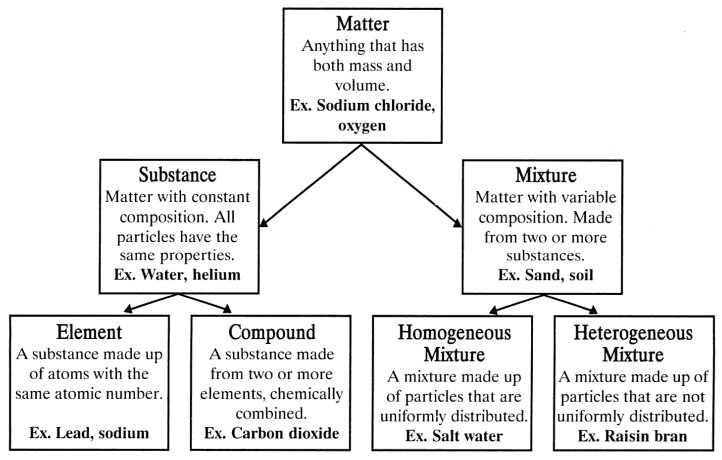
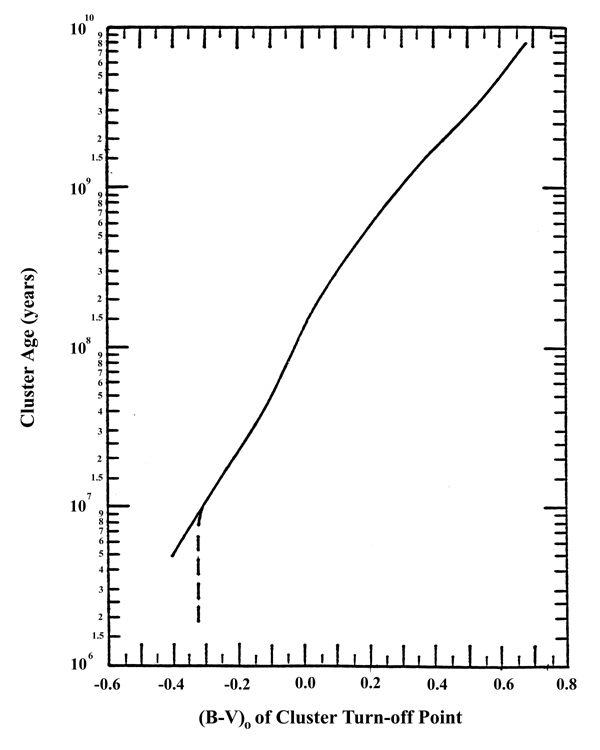
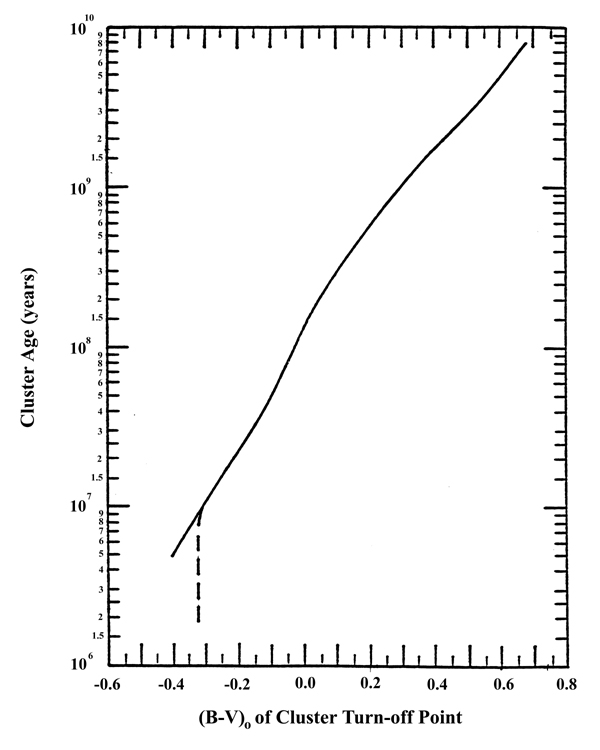
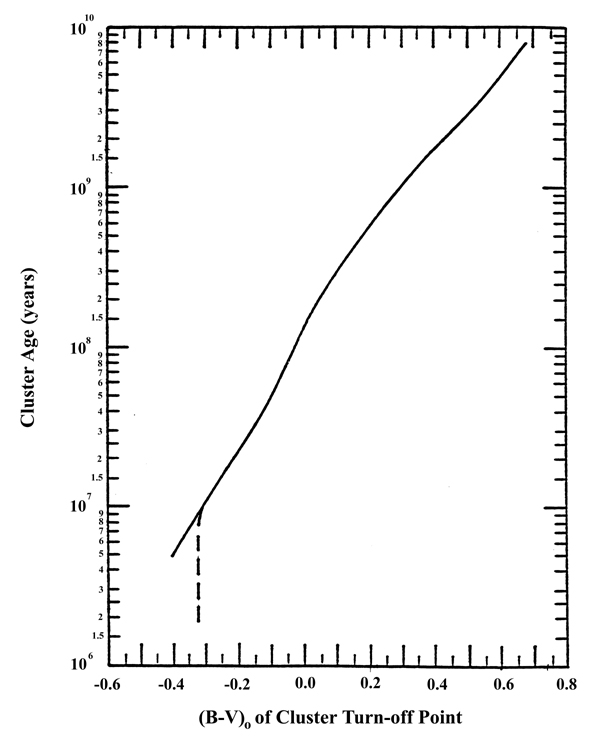
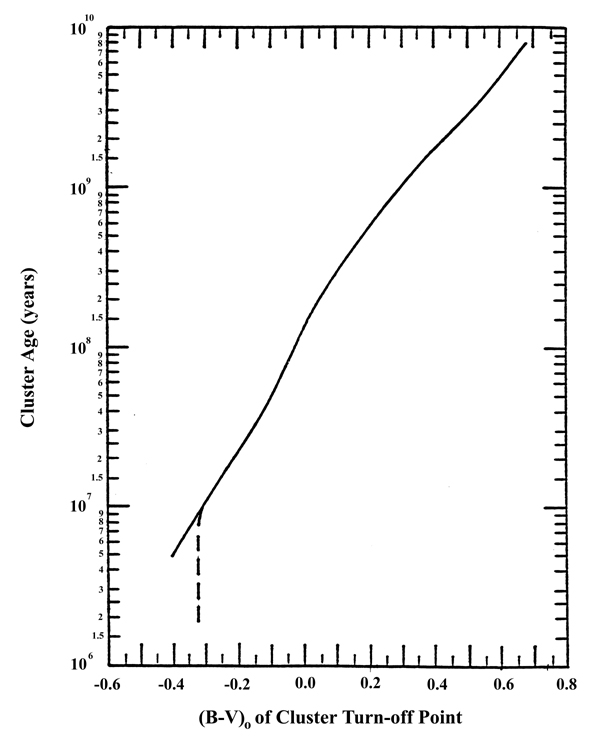
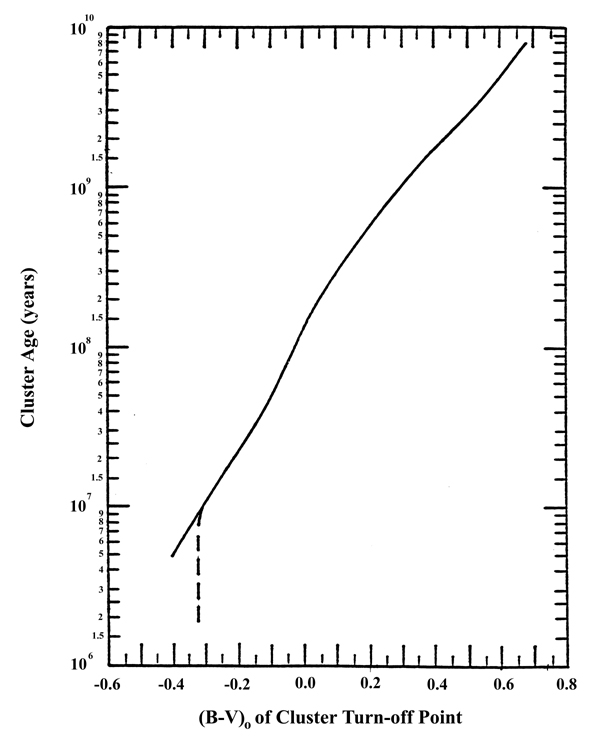
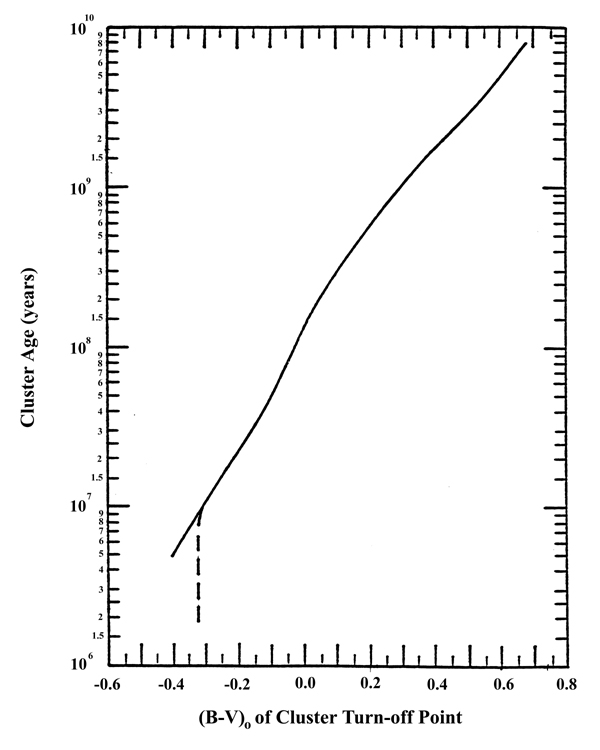
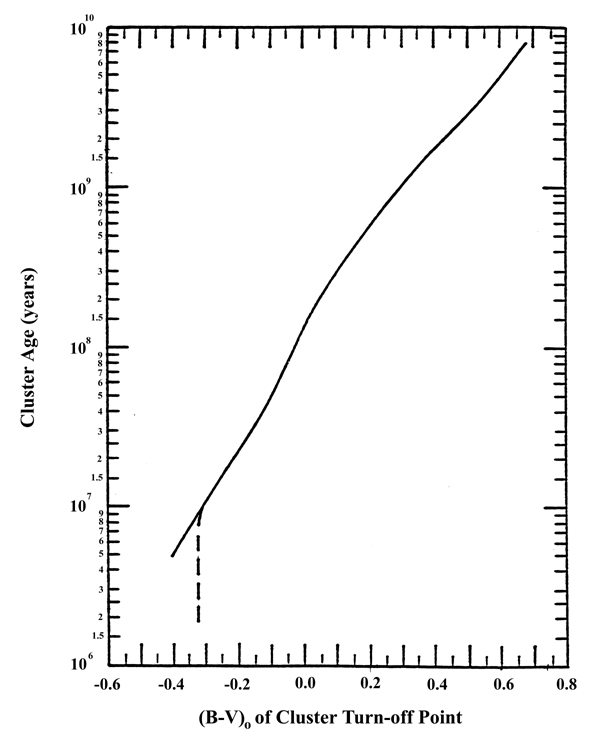
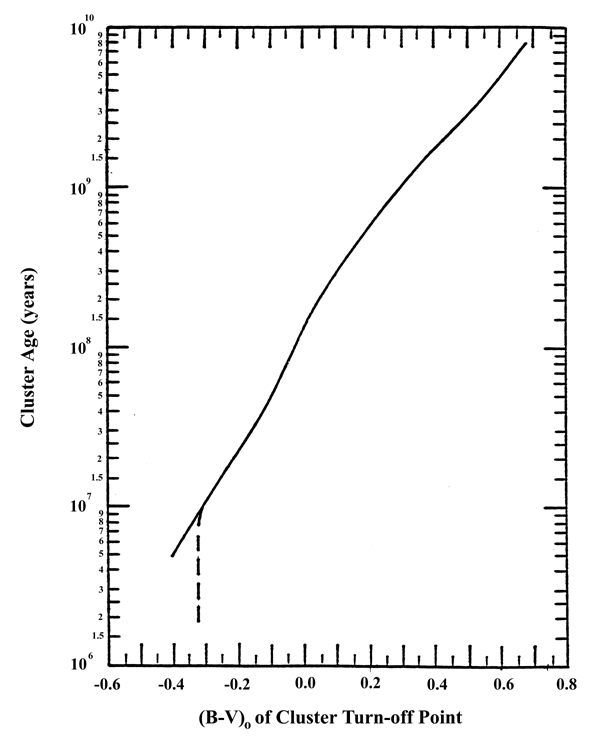
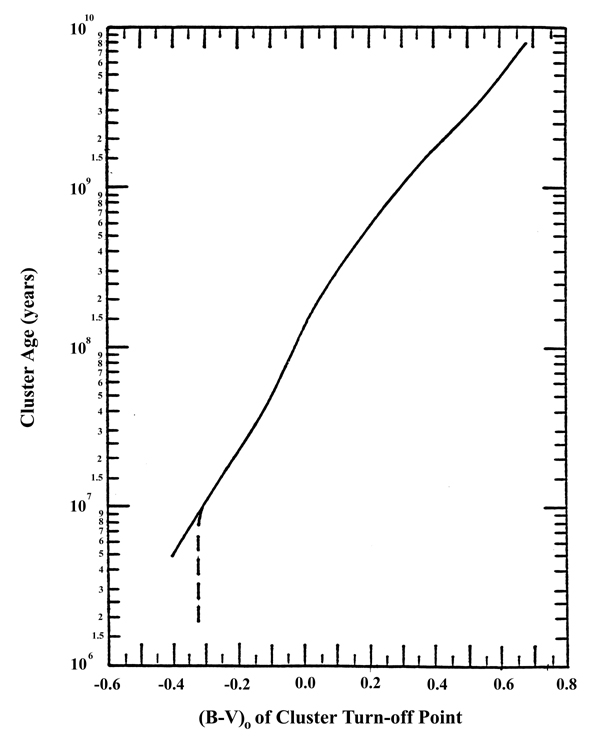
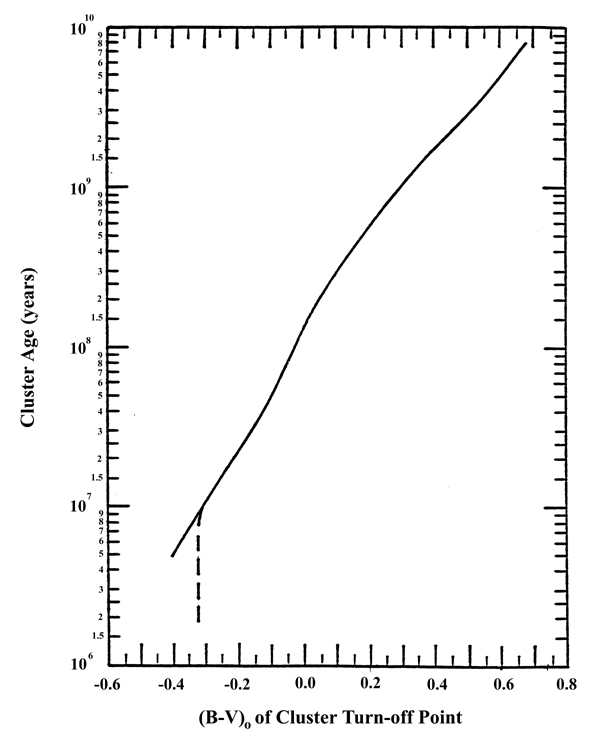
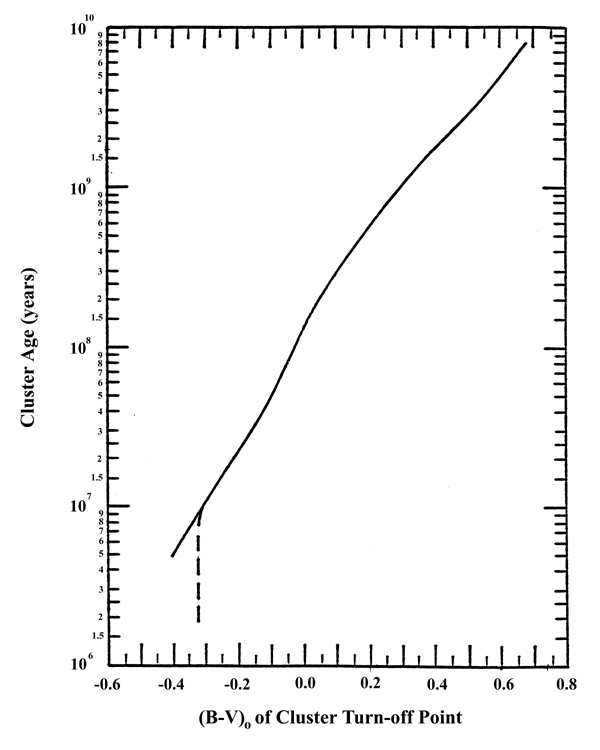
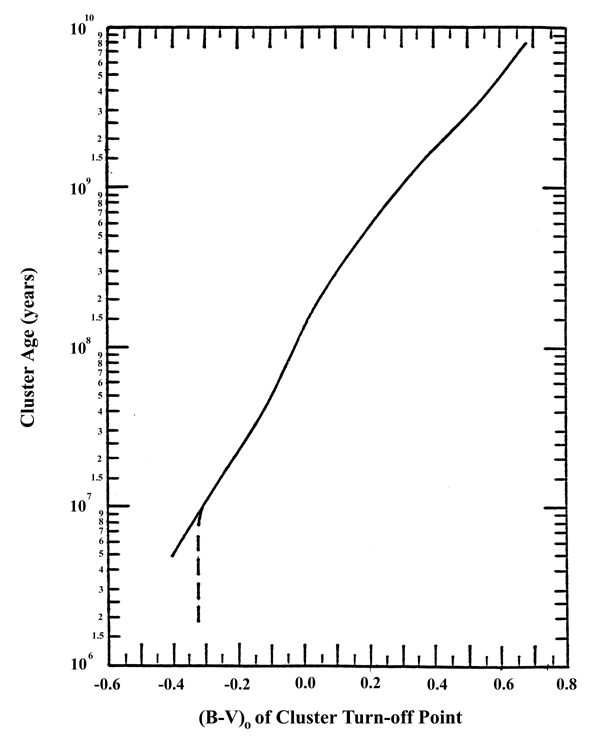
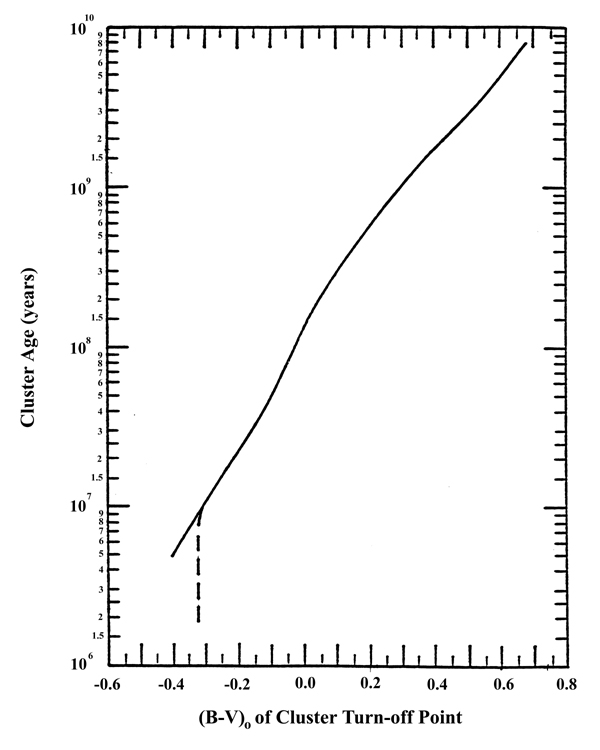
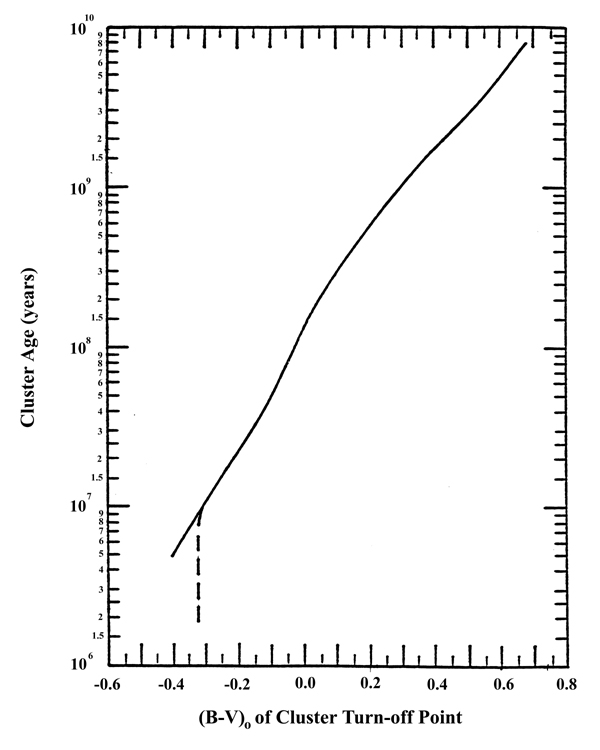
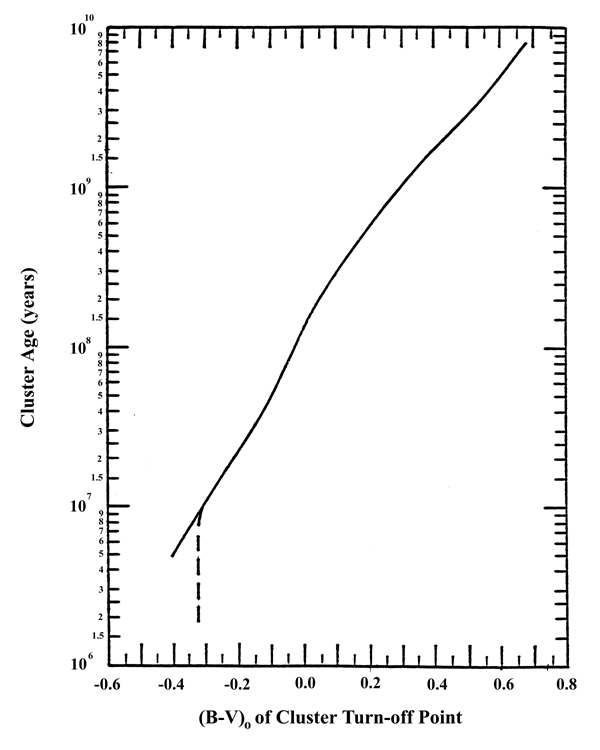
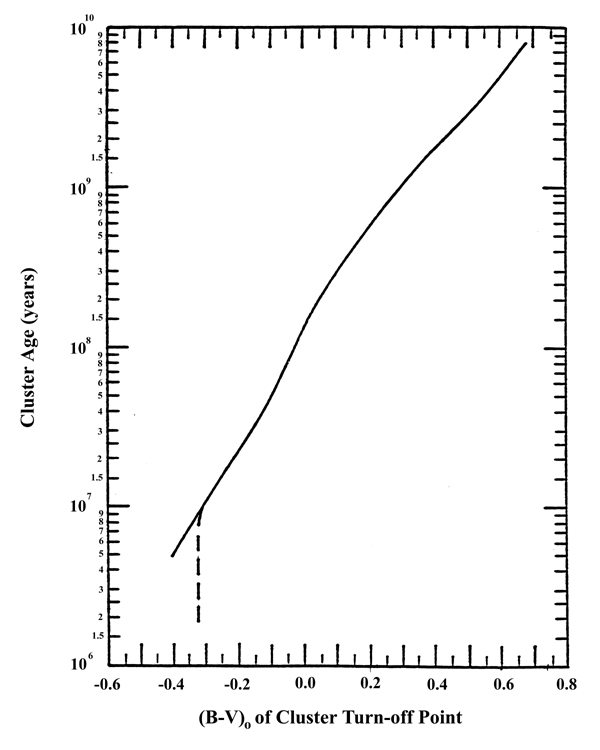














Comments